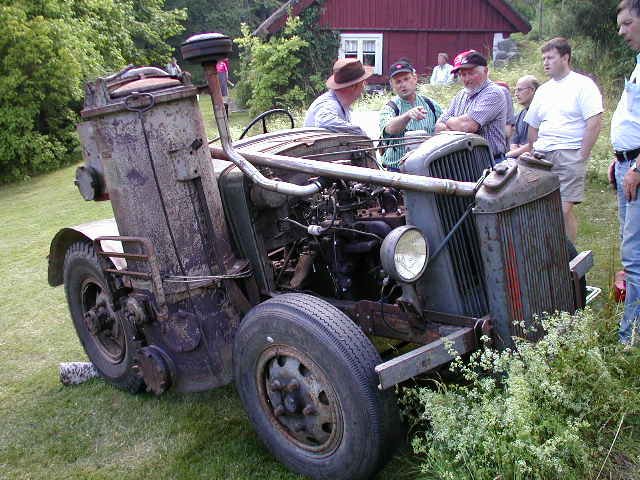Alternative Fuel Sources 1
Alternative fuel sources have been necessary many times in the past. During World War II gasoline and fuel oil shortages required the manufacture of synthetic gas from coal, and conversion of diesel vehicles to run on vegetable oil, or animal fat, while some vehicles in Europe and Asia were converted to run on wood gas. Indeed, when we talk about alternative fuels remember that Rudolph Diesel, the inventor of the engine that bears his name, considered the petroleum based fuel we call Diesel to be an alternative and inferior fuel. Diesel’s intention was for his engine to run on vegetable oil or animal fat based fuel.
Solar and wind power are gaining in popularity as alternatives to electricity from the grid, usually provided by coal or natural gas. Natural gas itself was once considered an alternative fuel, and in Argentina during their 2001 economic collapse the value of alternative fuel availability was evident at gas stations. One writer pointed out that his household had two cars. One was traditional gasoline powered with a propane option available and geared for flex fuel, meaning it would also burn alcohol, ether ethanol, or methanol. The other used Diesel, and was retrofitted to also run vegetable oil. He found the five options to be a Godsend since at times he could get gasoline, sometimes Diesel, and at other times only ethanol or propane. He was also saving vegetable oil to use when it was needed.
One option is wood gasification. During WWII, it was common in Australia, the Philippines, and even in eastern Europe to see cars and trucks converted to burn fire wood. But what is wood gasification?
The first wood gasifier was built by Gustav Bischof in 1839, and the first vehicle powered by this method was built in 1901 by Thomas Hugh Parker. Wood gas is related to the syngas produced from coal, which was commonly used in homes in the early 1900’s. The rationing of petroleum during WWII caused some to convert vehicles to wood gasification including trucks, buses, tractors, motorcycles, ships and trains. In 1942 there were about 73,000 wood gas vehicles in Sweden, 65,000 in France, 10,000 in Denmark, and 8,000 in Switzerland. In 1944, Finland had 43,000 "woodmobiles," of which 30,000 were buses and trucks, 7,000 were private vehicles, 4,000 were tractors and 600 were boats. Charcoal was commonly used in China during their oil shortages.
Come back tomorrow for the next edition of this series!




Not legal in the US..the EPA would have kittens.